There are many great exercises you can do (and should do) with a weight bench.
We’ll show you an effective full-body weight bench workout that you can do at home or at the gym.
If you want to make your own home gym, a good weight bench and a set of weights are honestly all you need for a full-body workout.
It doesn’t matter if you are a beginner or advanced, you’ll be surprised how well you can target your upper body AND lower body with just a bench.
This guide has everything you need to make the best use of your weight bench. You are in for a treat. It is packed with videos, step by step how-tos, and workout tips.
We suggest you add this page to your favorite, so you can use it as a reference and whenever you want to change your weight bench workout routine.
Most of these exercises can be done on a flat bench, but we’ve also given some incline and decline options.
Many of them use one or two dumbbells, but even if you don’t have any, you can make your own dumbbells. There are also quite a few that you can do with just your body weight. There are also quite a few exercises that you can do with or without weights, depending on how hard you want them to be.
We’ve included what we believe are the best workout bench exercises for each major body part.
We also put in a few alternatives so you can pick the ones that fit you best and switch them up once your body gets used to a routine.
Last but not least, each exercise is given a difficulty rating. If you’re a beginner, we recommend starting with the easy to medium difficulty exercises. But feel free to experiment, because it depends on your existing strength level and if or use weights or not.
Whether Easy, Medium, or Hard, all these exercises are great for beginners and experienced lifters.
One more thing before we dive into the exercises, at the end of this guide, we list the benefits of the bench and some other insightful info, so be sure to go over it all.
BENCH PRESSES WITH DUMBBELLS
Using dumbbells for your bench presses gives you a greater range of motion than a barbell. They let you concentrate the movement in front of your body rather than outward. This helps you put more primary tension on your pecs.
Dumbbell bench presses are also safer because you don’t need a spotter. In case of failure, you can drop the dumbbells and suffer only some floor damage. Dropping a barbell on your chest could cause serious injury.
When you press with a barbell, you can rely on your stronger side to help out the weaker. This can result in uneven muscle growth. Using dumbbells trains each side in isolation so they can develop equally.
Major Working Muscles: Pecs
Secondary Muscles: Triceps, Delts
Difficulty: Medium
What you Need: An adjustable bench and a pair of dumbbells
How To:
- Start with your bench in the flat position. Lie back with a dumbbell in each hand. Your arms should be extended perpendicular to your body and bent upward at the elbows. If you have shoulder pain, let your palms face each other. If not, they should face your feet.
- Press the weights upward until your elbows are almost straight. Focus on squeezing your chest muscles together.
- You can take advantage of the dumbbells by giving the movement a slight arc instead of straight up and down. Your hands should be closer together at the top of the movement but not touch.
- Bring the weights slowly back down to the starting position.
NOTES & TIPS
Make sure to regularly change up the incline so your pecs develop evenly.
DUMBBELL FLYES
This exercise is similar to the motion of a pec deck. Because dumbbells are less stable than a deck, they give you the extra bonus of working out secondary stabilizing muscles like your triceps and deltoids. The pec deck’s weight is stabilized by the machine itself, so no stabilizing muscles are used.
Major Working Muscles: Pecs
Secondary Muscles: Triceps, biceps, delts and forearms
Difficulty: Medium-Hard
What you Need: A bench and two dumbbells
How To:
- Lie back on your bench in the flat position. Hold the dumbbells together directly over your chest with your arms extended almost completely straight. Your hands should face each other.
- Keep your arms extended while you lower the dumbbells to the sides in a wide arc. Go as low as you feel comfortable but not lower.
- Squeeze your pecs together to bring the dumbbells back up to the starting point without bending your arms too much or arching your back.
NOTES & TIPS
Do this exercise at various inclines to sculpt a perfect chest.
DECLINE PUSHUPS
Major Working Muscles: Pecs, triceps and delts
Secondary Muscles: Abs, obliques, and lats
Difficulty: This one seems Easy but is actually pretty Hard to do with good form.
What you Need: This is a body weight exercise that uses a flat bench.
How To:
- Start in a standard pushup stance with your chest on the floor. Your hands should be on the floor at shoulder level just a bit wider than your shoulders. Your feet should be up on your flat bench. Keep your body as straight as a board.
- This exercise can hit various muscles, so think about the primary muscle you want to work as you push up. Keep your core tight during the entire movement.
- Squeeze your primary muscle hard at the top, then slowly lower your chest back down.
NOTES & TIPS
You can change your angle and tempo to give your incline pushup some variety. You can also try it with just one leg or add some resistance to make it harder.
DUMBBELL PULLOVERS
Major Working Muscles: Pecs and lats
Secondary Muscles: Traps and rhomboids
Difficulty: Hard
What you Need: A flat bench and one dumbbell
How To:
- Squat beside your bench with your feet on the floor and your shoulders resting on the side of the back cushion. Push your hips up so they lie just below the height of the bench’s surface.
- Cup a dumbbell in both palms and hold it above your chest with your arms extended. The dumbbell should be on end with the handle perpendicular to your body.
- Keep your shoulders pressed into the cushion as you lower your arms slowly in an arc over your head. Stop when your biceps meet your ears.
- Squeeze your pecs and/or lats to reverse the arc until the dumbbell returns to the starting position above your chest.
NOTES & TIPS
If you have any shoulder pain you should skip this one.
ONE-ARM DUMBBELL ROW
Major Working Muscles: Back (Latissimus Dorsi)
Secondary Muscles: Traps, rhomboids, delts and biceps
Difficulty: Medium
What you Need: A flat bench and one dumbbell
How To:
- Stand beside your flat bench with a hand and knee from the same side resting on the back cushion. You should be slightly bent over with your shoulders pulled back and your chest out to keep your spine straight.
- In the other hand, hold a dumbbell close to the floor with your arm extended.
- Keep your core tight and your elbow close to your body while you squeeze your lat to bring the dumbbell up to meet your body. Don’t use momentum.
- Squeeze your lat hard at the top, then slowly lower the weight back down.
- Move to the opposite side of your bench to repeat this exercise with the opposite arm.
NOTES & TIPS
Don’t round your back, twist your torso or flex your neck to complete this motion. If it’s too hard, use less weight. It’s easy to just go through the motion without really hitting your lats properly. Try to concentrate on squeezing your lats and feeling them throughout the motion.
INCLINE BICEP CURLS
Major Working Muscles: Biceps
Secondary Muscles: Forearms
Difficulty: Easy
What you Need: An incline bench and a pair of dumbbells
How To:
- Sit on your inclined bench like a chair. Let your arms hang down with a dumbbell in each hand. Your elbows should stay close to your body, and your palms should face forward.
- Let’s do one arm at a time. Leave your upper arm in place and breathe out slowly while you squeeze your bicep to curl the weight upward. Only your forearm should move.
- Squeeze hard at the top when the dumbbell is around shoulder height. Slowly lower the weight while breathing in.
- Repeat with alternating arms.
NOTES & TIPS
Doing this exercise with an incline stretches out the head of your bicep and targets the peak.
CONCENTRATION CURLS
Major Working Muscles: Biceps
Secondary Muscles: Forearms
Difficulty: Easy
What you Need: A flat bench and one dumbbell
How To:
- Sit on the seat or end of your flat bench with your knees apart. Remove the leg holder if there is one. Lean forward between your knees and brace the back of one arm against the inner thigh of the leg on the same side. Hold the dumbbell with your palm facing sideways and your arm straight.
- Curl the dumbbell upward until it almost reaches your chest.
- Squeeze your bicep hard at the top, then slowly lower the dumbbell.
- Finish your reps with one arm, then repeat with the other.
NOTES & TIPS
Turning your arm inward during the motion will focus more on the peak of your bicep.
DUMBBELL SHOULDER PRESSES
Major Working Muscles: Front Delts (Deltoid Anterior)
Secondary Muscles: Triceps, Upper Pecs, Side Delts (Lateral Deltoid)
Difficulty: Hard
What you Need: Flat or upright bench and a pair of dumbbells
How To:
- Sit on your bench leaning against the backrest if it has an upright position. Pick up a dumbbell with each hand, and place one on each thigh as gently as possible.
- With an overhand grip, raise the dumbbells one at a time to about ear level just above your shoulders. Your thighs can help lift if needed. Your palms should now be facing forward.
- Breathe out slowly as you press the dumbbells over your head until your arms are almost fully extended. Put your mind in your shoulders as you lift to make sure most of the force is coming from the right muscles.
- As always, squeeze hard at the top, and bring the weights back down to ear level.
NOTES & TIPS
If you have any shoulder pain, do this exercise with your upper arms out forward instead of sideways.
LYING TRICEP EXTENSIONS (SKULL CRUSHERS)
Major Working Muscles: Triceps
Secondary Muscles: Upper Lats
Difficulty: Medium-Hard
What you Need: Text
How To:
- Lie on a flat bench. Face upward with your feet on the floor. Start by holding one dumbbell in each hand with your arms straight up above your chest. Your hands should face each other.
- Keep your elbows in place, and lower the dumbbells to about head level. Only your forearms should move.
- Squeeze those triceps hard at the bottom of the motion.
- Breathe out, and keep the focus on contracting your triceps as you lift the weights back to the starting position.
NOTES & TIPS
Pay attention not to let your elbows flare out during this movement!
TRICEP KICKBACKS
Major Working Muscles: Triceps
Difficulty: Easy
What you Need: A flat bench and one dumbbell
How To:
- Start in the same position as the one-arm dumbbell row, standing bent over beside your bench with one hand and knee up on the cushion. Hold a dumbbell in the other hand with your palm facing in, your upper arm parallel to your torso and your lower arm at a 90-degree angle pointing toward the floor.
- Moving only your forearm, use your tricep to lift the weight behind you. Stop at shoulder level.
- Squeeze your tricep for a second at the top of the motion.
- Lower the weight, bending only your elbow.
- Finish your reps on this side, then move to the other side of the bench to repeat with the other arm.
NOTES & TIPS
Keep your elbow tucked and your back straight.
TRICEP DIPS
Major Working Muscles: Triceps
Secondary Muscles: Shoulders
Difficulty: Medium
What you Need: This is a bodyweight exercise using a flat bench.
How To:
- Sit on the side of your bench with your feet on the floor. Grip the edge of the bench with your hands on either side.
- Push your hips up and forward so your weight is mostly on your hands. This is your starting position.
- Lower your hips to floor level by bending your elbows behind you. Keep your mind in your triceps and your hips close to the bench.
- Push your body back up until just before your elbows lock.
NOTES & TIPS
Bend your knees to keep this motion easy. Straighten your legs in front of you to make it a bit harder. Elevate your feet for a real challenge.
REVERSE DUMBBELL FLYES
Major Working Muscles: Rear Delts (Deltoid Posterior)
Secondary Muscles: Traps
Difficulty: Medium
What you Need: An incline bench and a pair of dumbbells.
How To:
- Lie stomach down on your inclined bench. Let your arms dangle down, and hold a dumbbell in each hand with your palms facing each other.
- Bending your elbows just a little, lift the weights outward in an arc until they reach shoulder level.
- Flex your shoulder muscles together at the top, then lower your arms.
NOTES & TIPS
Keep this movement under control without swinging up or down. Don’t use heavy weight, use light weight. If you use a weight that is too heavy, you won’t be able to focus on your rear delts.
BENCH REVERSE CRUNCHES
If you want to carve out your abs, the reverse crunch has much more impact than the regular crunch. It also puts less strain on your back.
Major Working Muscles: Abs and obliques
Secondary Muscles: Glutes and hip flexors
Difficulty: Medium
What you Need: A flat bench and just your body weight
How To:
- Lie on your flat bench facing the ceiling. Grip the top of the bench above your head with both hands.
- Think about using just your core as you lift your lower torso and legs above the bench. Curl your back and bend your knees, bringing them as close to your nose as possible.
- Pause to squeeze your lower abs hard, then slowly bring your legs and torso back down.
NOTES & TIPS
You can also hit your obliques by twisting your knees slightly to one side then the other as you lift.
INCLINE BENCH REVERSE CRUNCHES
Major Working Muscles: Abs
Secondary Muscles: Hip Flexors
Difficulty: Hard
What you Need: This bodyweight exercise requires an incline bench.
How To:
- Lie on your inclined bench gripping the top of the bench with both hands.
- Curl upward into a ball, bringing your knees to your nose. Try to use only your core muscles.
- Squeeze hard at the top, then lower your legs and torso.
NOTES & TIPS
If you really want to feel the burn, don’t let your legs touch the floor or bench between reps.
LEG LOWERS
Major Working Muscles: Abs
Secondary Muscles: Hip Flexors
Difficulty: Easy-Medium
What you Need: Your own bodyweight and a flat bench.
How To:
- Lie face up on your flat bench with your hands gripping the sides at about hip level.
- Keep your knees straight as you use your abs to lift your legs up to a 90-degree angle.
- Lower your legs as slowly as possible.
NOTES & TIPS
Keep your shoulders a few inches off the bench and your arms as straight as possible.
BULGARIAN SPLIT SQUAT
Major Working Muscles: Quads
Secondary Muscles: Hamstrings, Glutes (Gluteus Maximus)
Difficulty: Hard
What you Need: That’s a flat bench bodyweight exercise.
How To:
- Stand beside your flat bench facing away from it. Hold a dumbbell in each hand with your arms at your sides. Lift one of your feet and place it toes down on the bench behind you.
- Lower your torso slowly by bending your front knee and lowering your back knee. Your front knee shouldn’t extend beyond your toes. Stop when your front thigh is parallel to the floor.
- Squeeze your quads at the bottom, then lift your torso back up.
- Finish the reps with that leg up, then repeat with the other.
NOTES & TIPS
Do some practice reps while hopping your front foot around to find the right foot placement.
PISTOL SQUAT TO BENCH
Major Working Muscles: Quads, Glutes, Hamstrings,
Secondary Muscles: Hip Flexors
Difficulty: Hard
What you Need: Flat weight bench
How To:
- Stand facing away from your flat bench. Extend one leg in front of you.
- Slowly lower your body until you’re sitting on the bench. Keep your balance by leaning slightly forward and keeping your arms out in front of you if necessary.
- Stand back up using just one leg.
- Once you’ve finished the reps with one leg, repeat with the other.
NOTES & TIPS
If you need extra support, do this close to a wall, and steady yourself with an arm.
SINGLE LEG SQUAT ON BENCH
Unlike the pistol squat, the single-leg squat doesn’t require you to extend your leg forward. This puts less stress on your hips and lower back.
Major Working Muscles: Quads, Glutes, Hamstrings
Secondary Muscles: Hip Flexors
Difficulty: Medium
What you Need: Text
How To:
- Stand on one leg on your flat bench. Let the other leg dangle off the side.
- Squat down, lowering your dangling leg below the bench’s surface. Extend your arms forward for balance. Stop when your thigh is parallel to the bench.
- Squeeze and press your torso back up, pushing through your heel.
NOTES & TIPS
Bend the knee of your dangling leg to keep it from touching the ground.
STEP UPS
Major Working Muscles: Hamstrings, Quads
Secondary Muscles: Glutes, Hip Flexors, Calves
Difficulty: Easy
What you Need: A flat weight bench or a step platform
How To:
- Stand beside your flat bench facing toward it.
- Bring one knee up to step on the bench. Focus on flexing the muscles in that leg to press through the bench as you lift your torso until you’re standing on the bench.
- Use the same leg to slowly lower yourself back to the ground.
- Alternate legs as you repeat the movement.
NOTES & TIPS
The less you push off with your bottom foot, the better this exercise will work.
LATERAL STEP DOWNS ON BENCH
Major Working Muscles: Glutes
Secondary Muscles: Quads, Hamstrings
Difficulty: Easy
What you Need: It’s a bodyweight exercise that requires a flat bench or a step platform.
How To:
- Stand up straight with your flat bench to one side.
- Raise your knee closest to the bench, and put your foot on its surface. It should be slightly in front of your body and to the side.
- Straighten that leg, driving your foot through the bench and pushing your whole body upward.
- Hold and squeeze your glutes at the top, then slowly lower your body back down.
- Finish your reps with that leg, then move to the other side of the bench, and repeat with the other leg.
NOTES & TIPS
Your weight should be centered in the middle of your raised foot for good balance.
GLUTE BRIDGE
Major Working Muscles: Glutes
Secondary Muscles: Hip Flexors, Hamstrings, Abs
Difficulty: Medium
What you Need: Any flat weight bench
How To:
- Start in the same position as a pullover with your body perpendicular to the bench. Your shoulders should be resting on it, your legs in a squatting position and your feet on the floor.
- Press your feet into the floor, and lift your hips to the same level as the bench. Your body should be in a straight line from your knees to your shoulders.
- Squeeze those glutes hard for a second, then slowly bend your knees to bring your body back to the floor.
NOTES & TIPS
Use only your glutes to perform the entire motion, not your lower back.
Do you really need a weight bench?
If you’re a creative person, you can probably find a way to do most bench exercises on a couch or a chair. Doing this comes with two main risks.
Most of the elevated surfaces you can find around your home were not made for lifting weights. There’s a much lower risk of injury when you use a bench with a known weight capacity and the right height, width and angles for performing common exercises.
The other main risk is looking down at yourself after years of exercising on makeshift surfaces and finding you have a lopsided body. Foregoing the calibrated angles of a weight bench puts your chest especially at risk.
Working out your chest from a single angle will grow it on a single plane. Just like you wouldn’t want one arm much bigger than the other, you don’t want a chest without a well-rounded upper plane and a nicely-cut lower plane.
The benefits of having a weight bench
- Gives you a full-body workout at home
- Makes exercising more comfortable
- More stable than a couch or chair
- Higher weight capacity than most household surfaces
- The right height for basic seated exercises like curls
- The right width for lying down exercises with dumbbells
- The right incline and decline angles for perfectly-sculpted pecs
- A second level for multi-level exercises like decline pushups, step ups, dips, pullovers and rows
- The upright position provides extra back support for upright exercises like shoulder presses and tricep extensions
- Lets you lower dumbbells below your rib cage for exercises like flyes
- Good grip for body weight exercises like reverse crunches and leg lowers
- Encourages good posture to minimize risk of injuries
- Easy to isolate muscle groups so you can target problem areas or rehabilitate injuries
- Multiple positions for working out your core muscles
- A bench with a leg holder can give you leverage to get in more situps
Conclusion
Your weight bench gives you much more than just a surface to lie on. It’s a guide that gives you greater control over your exercise session. It’s peace of mind that lets you focus on training. It’s a solid foundation on which you can build your entire body.
Have fun working out at home!

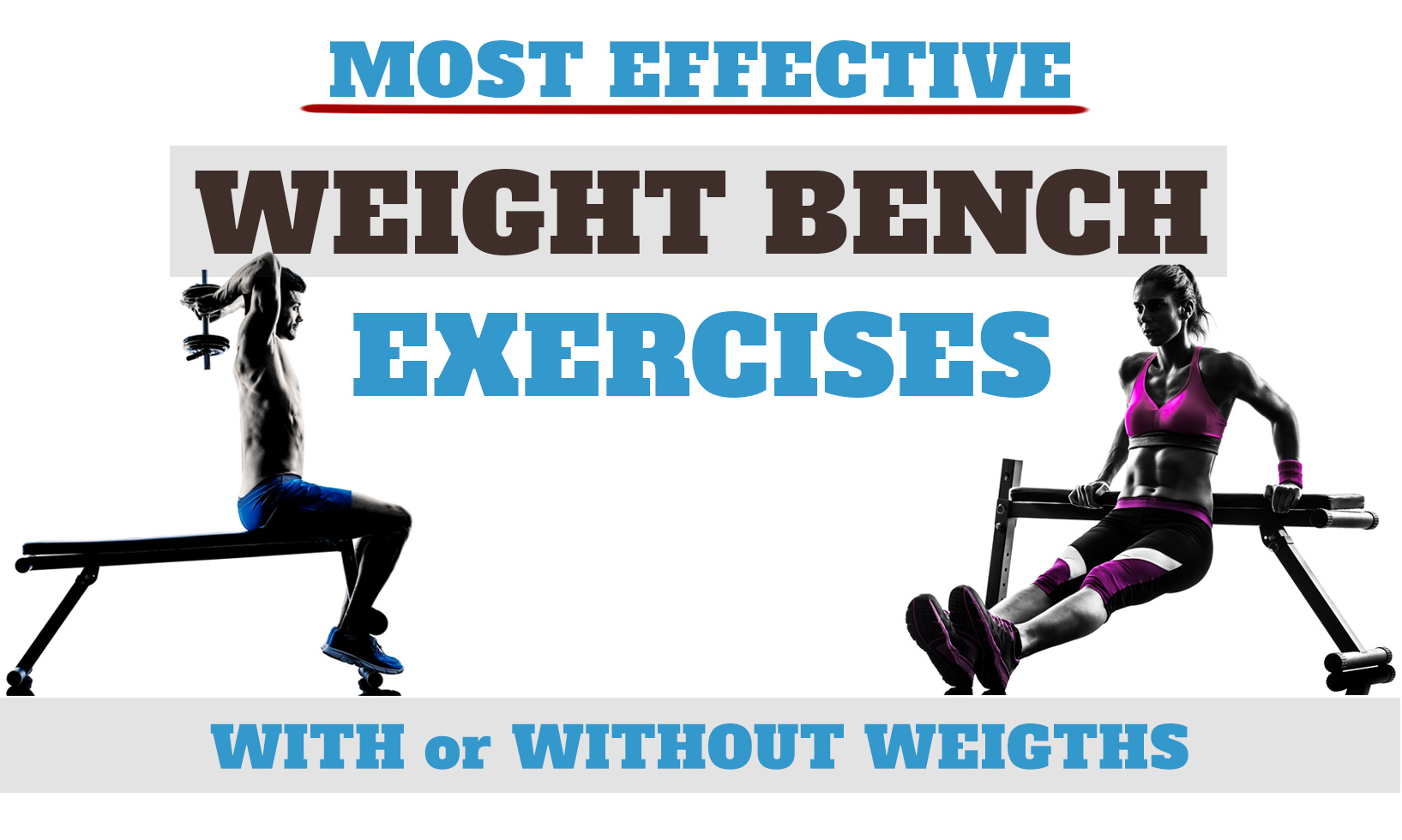
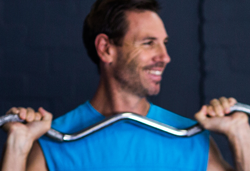


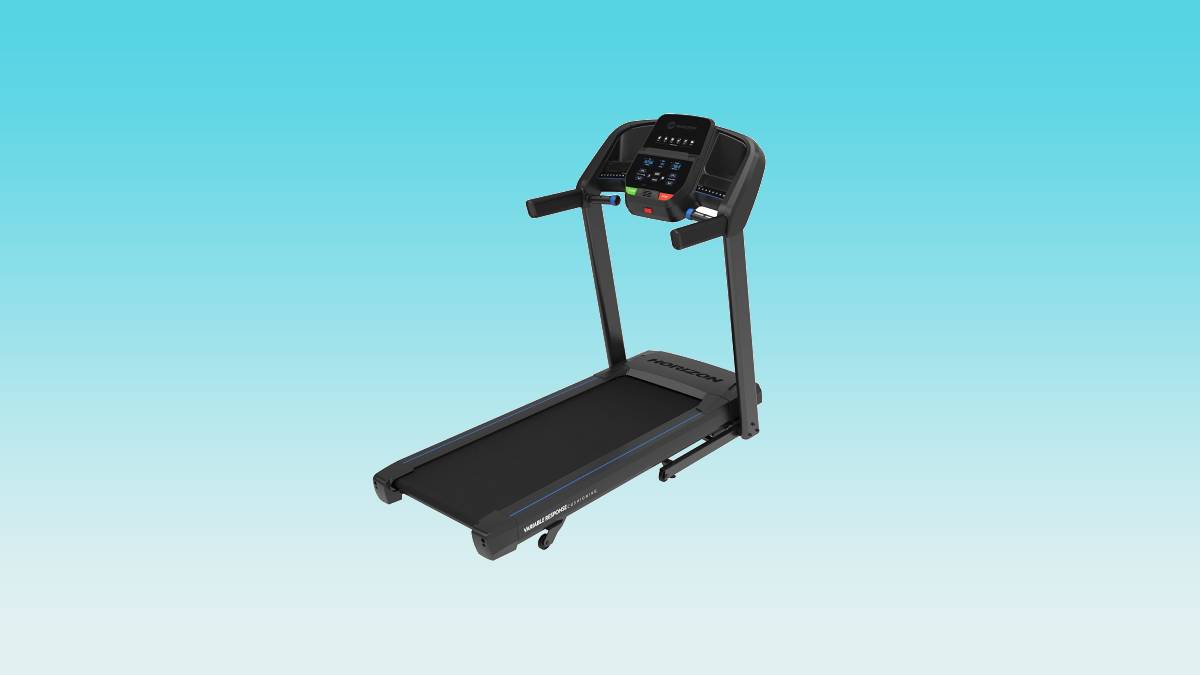
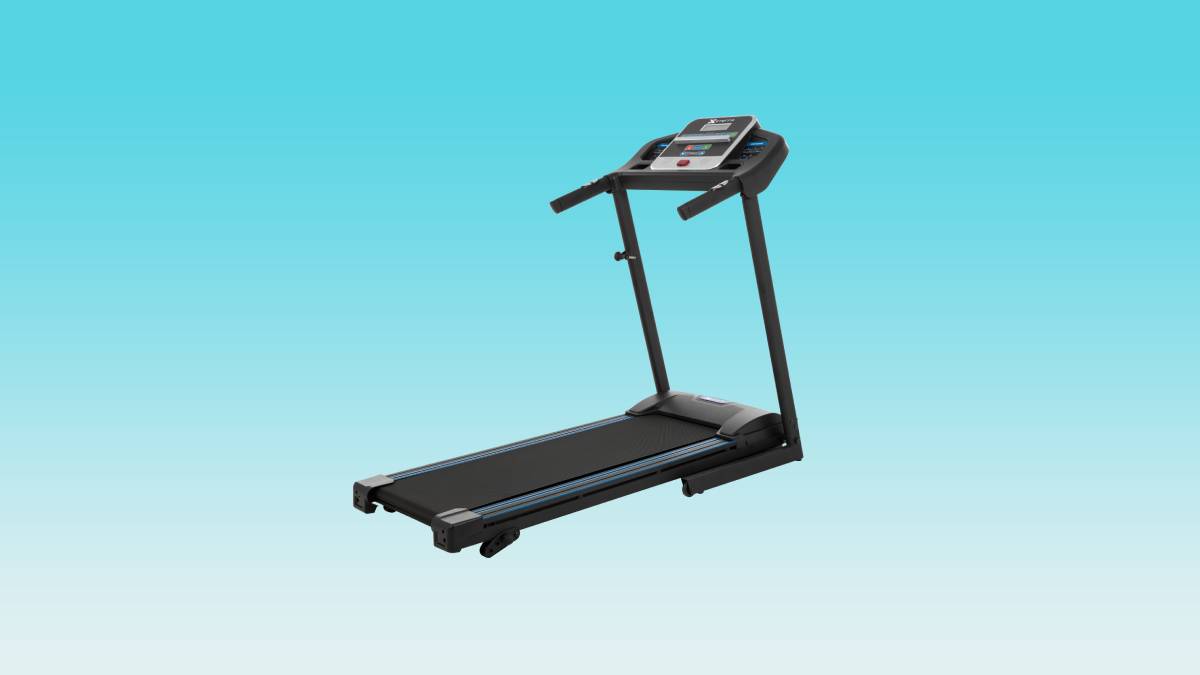
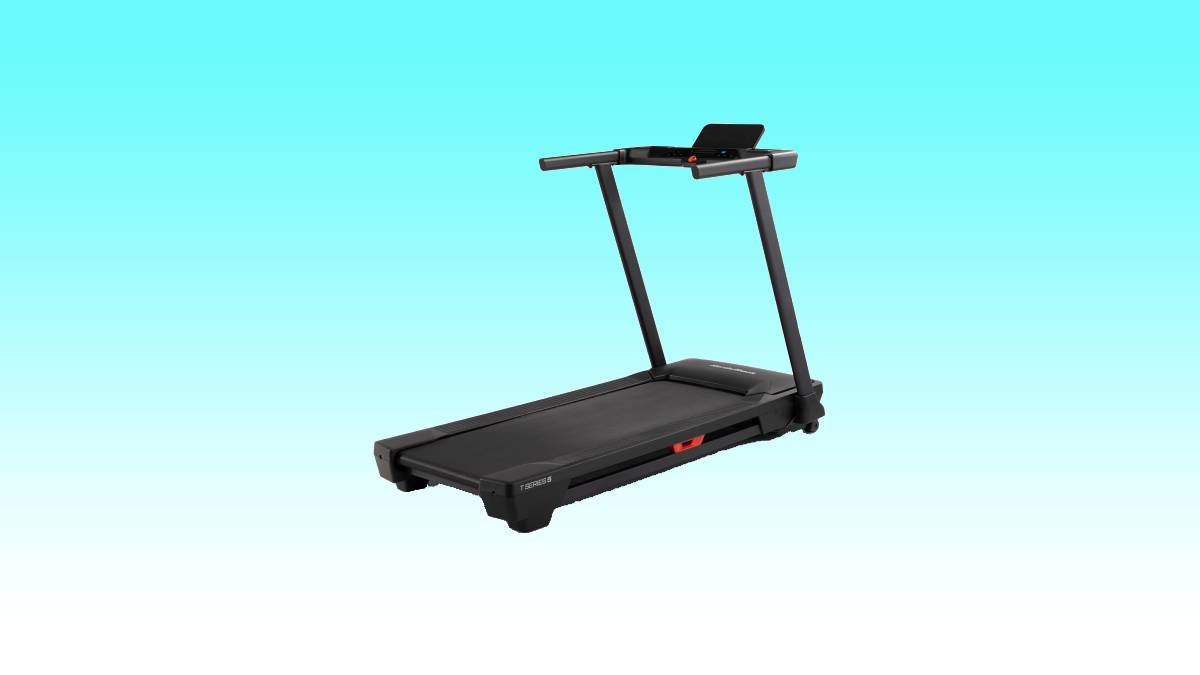
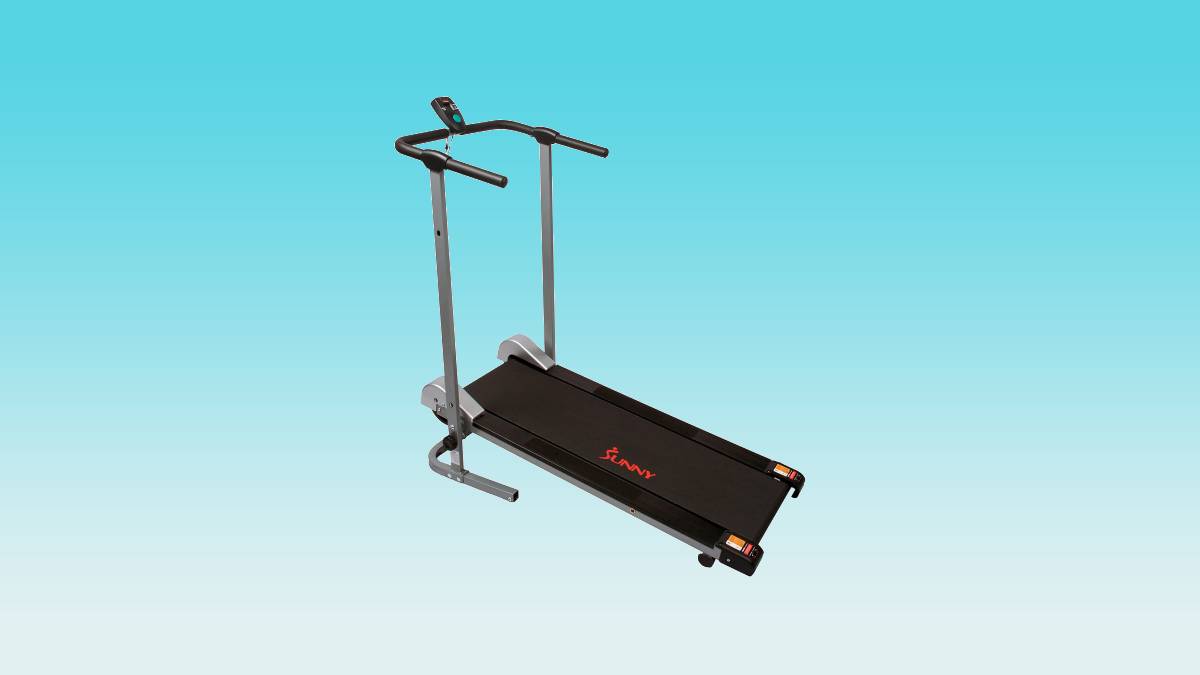
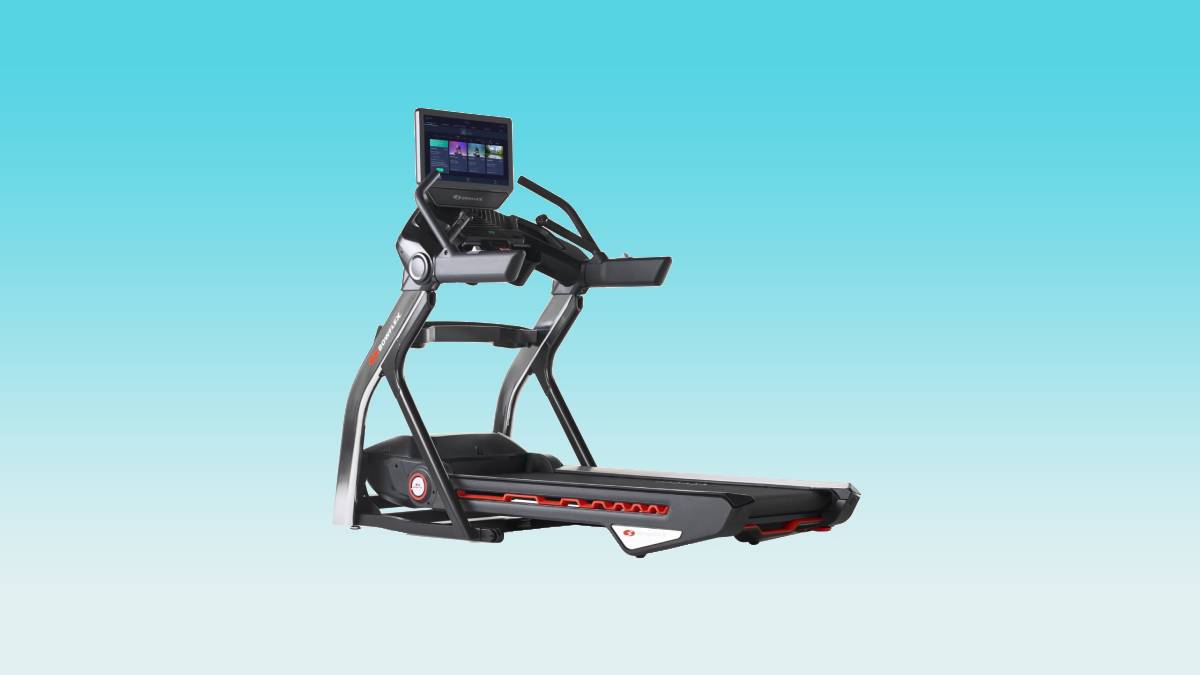
Leave a Reply